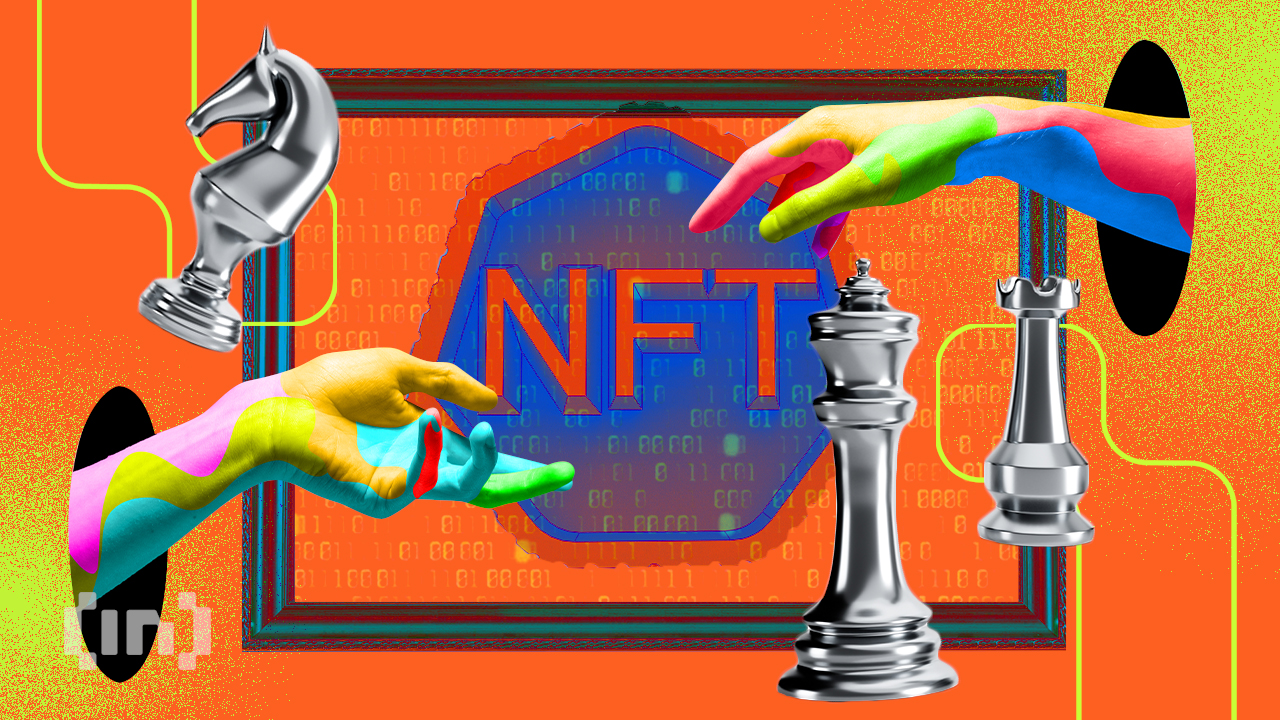

Amazon, the world’s largest bookstore, has announced plans to tie real-world assets bought on Amazon to tokens and NFTs. If history repeats itself, Amazon could become the world’s largest seller of NFTs.
Amazon: The Largest Seller?
Amazon started with books, but it has grown to become the world’s largest online marketplace over the years. Amazon’s success can be attributed to its ownership of the ecosystem and customer base, which gives it a significant advantage in the potential NFT market.
This means there are fewer moving parts and customer journey friction points when buying an NFT with Amazon. It’s Amazon’s plan for a private blockchain, and every US Prime customer will be notified of the digital collectibles once it goes live.
Amazon’s plan to tie real-world assets to tokens and NFTs could revolutionize the NFT market. By combining real-world assets with NFTs, Amazon is creating a new type of asset class that could attract more buyers and investors. With its massive customer base, the NFT market could become more mainstream, and Amazon could become the go-to platform for buying and selling.
Implications of Amazon’s Entry into the NFT Market
Amazon’s recent hiring of Web3 talent is significant because it shows that the company is serious about entering the NFT market. Amazon could disrupt the market and attract more buyers and investors with its vast resources and expertise.
Amazon announced every US Prime customer would be notified of the digital collectibles once it’s live. This is significant because Amazon has over 150 million Prime subscribers in the US alone.
With such a massive customer base, Amazon could become the largest NFT seller almost overnight. By notifying Prime subscribers of the digital collectibles, Amazon is creating awareness and demand for NFTs. This could lead to more people buying and selling NFTs on Amazon, and the market could become more mainstream.
Why Amazon is Interested in NFTs
NFTs have experienced significant price volatility and declining sales, with some projects losing eye-watering value from their peak prices. Yet, it’s important to note that the market is still young and has the potential to become a large asset class in the future.
From Amazon’s perspective, NFTs presents an opportunity to expand its product offerings and enter a new market.
While the current market conditions may not be ideal, Amazon is likely taking a long-term view. As the NFT market matures and becomes more mainstream, there is potential for NFTs to become a top asset class that is widely traded and held by investors. By entering the market now, Amazon is positioning itself as a major player in this emerging market.
Challenges
While Amazon’s move into the NFT market has significant potential, it is not without its challenges. One of the biggest challenges is the volatility of the market. Prices can fluctuate wildly, and an NFT is not guaranteed to maintain its value. Amazon will need to develop strategies to manage this volatility and protect its customers from losses.
Another challenge is the competition. Yes, Amazon has the advantage of its vast customer base and resources, but there are already established marketplaces like OpenSea and Nifty Gateway.
Amazon will need to differentiate itself and offer unique features and services to compete with these marketplaces.
The plan for real-world assets and NFTs could also raise regulatory concerns. Non-fungible tokens have already attracted attention from regulators, and tying them to real-world assets could complicate matters further. Leadership will need to navigate the regulatory landscape carefully and ensure that it is compliant with all applicable laws and regulations.
Amazon and NFTs: Resetting the Market
Amazon’s plan to tie real-world assets to tokens and NFTs could reset the market. With its vast resources and expertise, they have the potential to become the largest seller in the world.
However, there are challenges that Amazon will need to overcome, including volatility, competition, and regulatory concerns.
One way Amazon could overcome these challenges is by partnering with established players in the market. For example, Amazon could partner with OpenSea or Rarible to offer more value to its customers. This would give Amazon access to a wider range of art and collectibles and reduce the risk of volatility.
Amazon could also differentiate itself by offering unique features and services. For example, Amazon could offer a certification process for NFTs, guaranteeing their authenticity and value.
This would give buyers confidence in their purchases and could lead to more sales.
Ultimately, Amazon’s entry into the market could have far-reaching implications for the industry. It could establish NFTs as a new asset class and bring more mainstream attention to the industry. However, there are risks and challenges that Amazon will need to navigate carefully. Only time will tell if Amazon’s plan to tie real-world assets to tokens and NFTs will be successful, but the implications of such a move are significant.
Disclaimer
All the information contained on our website is published in good faith and for general information purposes only. Any action the reader takes upon the information found on our website is strictly at their own risk.

Leave a Reply